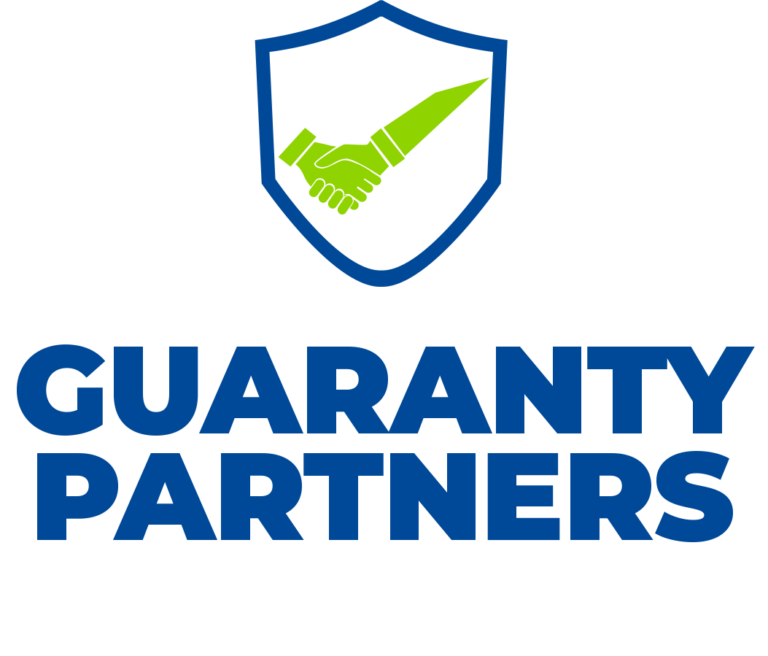Advanced Internal Audit Techniques, Challenges and Solutions Course
Course Fee:
OBJECTIVES
• Identify the best practices for selling audit results to stakeholders.
• Demonstrate the steps necessary to wrap up the audit after the report is issued.
• Conduct the follow-up and validation of resolutions to audit recommendations.
• Recognize the formal quality assurance standards that the internal audit function is required to follow.
• Identify the core elements of the International Professional Practices Framework (IPPF).
• Describe the components of the audit model.
• Identify the components of the COSO Internal Control Framework.
• Identify the requirements of annual audit planning.
• Compare the roles and responsibilities for governance including that of internal auditors.
• Identify the components of interviews and how interviewing is used within an audit.
• Describe best practices for conducting and documenting interviews.
• Identify the common forms used during process documentation.
• Identify risks and key controls during the risk assessment process.
• Apply the methods for obtaining and presenting audit evidence.
CONTENT
Understanding the Control Environment
• COSO Internal Control Framework
• SOX overview
• Enterprise risk management (ERM)
• COSO ERM Framework
• Commonly used internal control resources
• Definitions of risk and risk management
The International Professional Practices Framework (IPPF)
• Overview of the new IPPF
• Mandatory guidance
• Applying the Code of Ethics
• Overview of the audit model
Audit Governance
• IIA guidance on governance
• The board, audit committee, and CAE
• Executive management and management-level committees
• Internal audit, external audit, other assurance providers, and regulators
Audit Planning & Opening Conference
• Preliminary audit planning
• Your role in audit planning
• Conducting an interview
• Types of interviews and best practices for conducting interviews
• Interview practices to avoid
• Best practices for documenting interviews
• Defining audit scope and objectives, hours, resources, and key activities
• Preparing and submitting an audit planning memo
• Reviewing existing internal control documentation and assurance work
• Reviewing policies and procedures applicable to the function
• Reviewing and creating process flow documentation
• Best practices for narratives and flowcharts
• Conducting an effective audit opening conference
Roles and Responsibilities
• Roles of internal auditors
• Internal audit customers and stakeholders
• Audit team roles
• Definition of integrated auditing
• Qualifications of audit team members, by level
• Mission statement, vision statement, and audit charter
• Sample internal audit organizational charts, job descriptions, audit charters, etc.
METHODOLOGY
The training methodology integrates lectures, interactive discussions, collaborative group exercises, and illustrative examples. Participants will acquire a blend of theoretical insights and hands-on practical experience, emphasizing the application of learned techniques. This approach ensures that attendees return to their professional environments equipped with both the competence and self-assurance to effectively implement the acquired skills in their responsibilities.
DATE:
1ST BATCH: 3rd – 6th Feb,2026
2ND BATCH: 26th – 29th May,2026
3RD BATCH: 22nd – 25th Sept,2026
Course Category
- Human Resource and Admin
- Finance and Accounting
- Internal Audit and Fraud Control
- Stores, Procurement and Supply Chain
- Information Technology
- Aviation and Maritime
- Banking, Investment and Insurance
- Business Communication
- Construction Management & Civil Engineering
- Engineering, Instrumentation and Maintenance
- Entrepreneurship and Business
- Hotel & Hospitality Management
- Law and Contract Management
- Management and Leadership
- Project Management
- Public Relations
- Public Sector
- Sales, Marketing & Customer Service
- Secretaries & Personal Assistants
- Transport & Logistics
- Security and Safety
More Courses
VENUE
25, Queen street, Alagomeji Bus Stop, Yaba, Lagos










